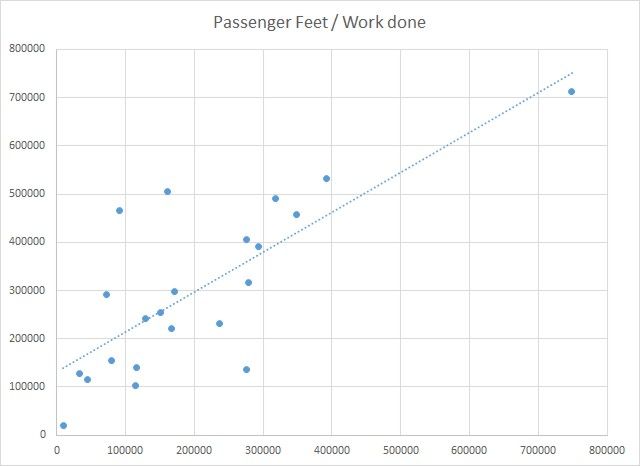Posted by Tim Stevens on 03/09/2016 22:24:19:
It seems rather odd to me, with a vague memory of A-level maths, when the measurement of efficiency is based on guesswork (Estimating the weight … we don't know the weight …) that the result is quoted to four significant figures.
Surely this implies confidence in the accuracy of every number in the calculation at least to the same degree? Or don't the rules of mathematics apply to steam locomotives?
Regards, Tim
More likely that the people publishing the results aren't aware of, or don't care about, the convention.
Too many significant figures in this type of endeavour doesn't upset me at all. I know without the need for a formal assessment that there must be many inaccuracies in the methodology.
By the way, I hope no-one takes the statement that there must be inaccuracies as a criticism of IMLEC. It's an interesting event for Model Engineers rather than an experiment at CERN. As such I like it very much.
Now if we organised an "IMLEC for Geeks", things would be different. It would be possible to tighten up the experimental conditions to obtain more accurate results and better data.
The trouble is that "IMLEC for Geeks" would be time consuming and dull. Better numbers at the cost of human interest. Perhaps this sort of Model Engineering is an acquired taste. I suspect that relatively few forum members are interested in theory, alas! For example no-one has commented on Neil's use of r-squared, or his observation that there must be errors in the table.
Cheers,
Dave
PS I still haven't seen this year's IMLEC results. I'm one of the victims of the ME4542 catastrophe, apparently the worst thing to happen in publishing since the Wicked Bible hit the streets. I'm having counselling…
Phil Barber.






